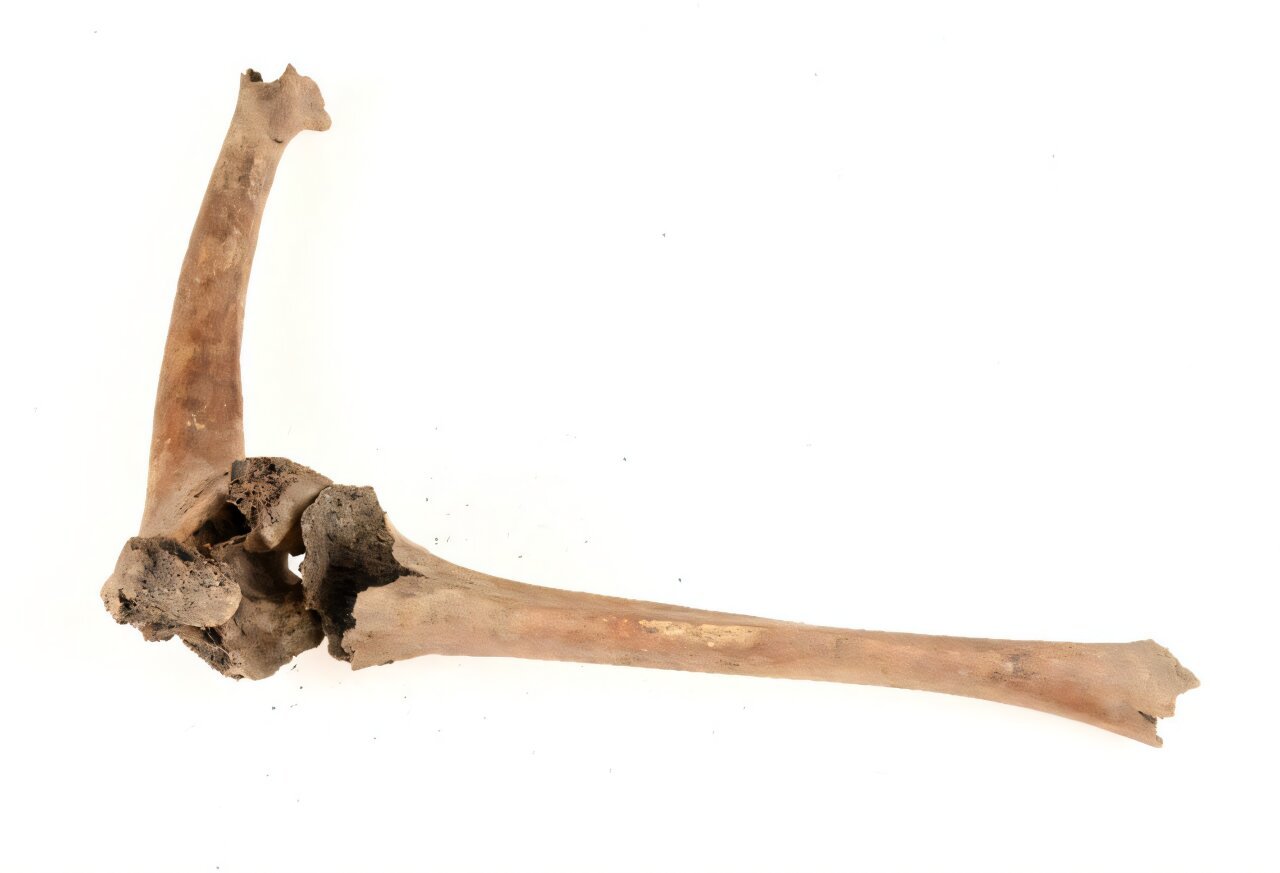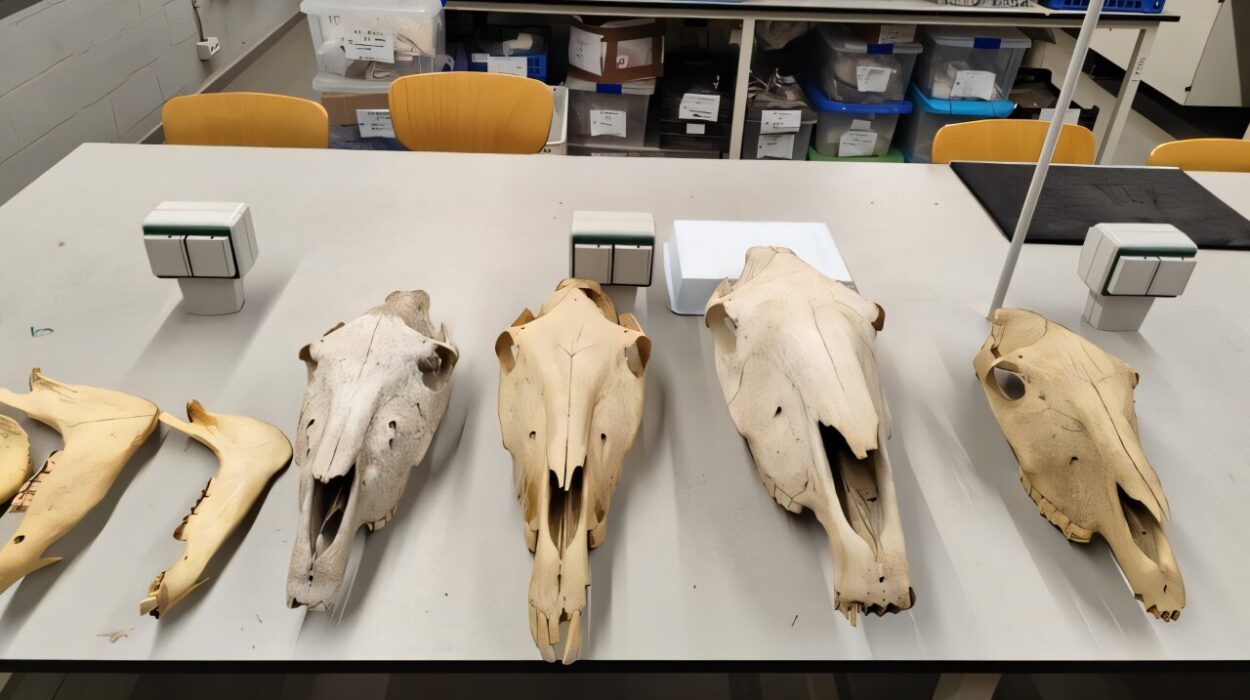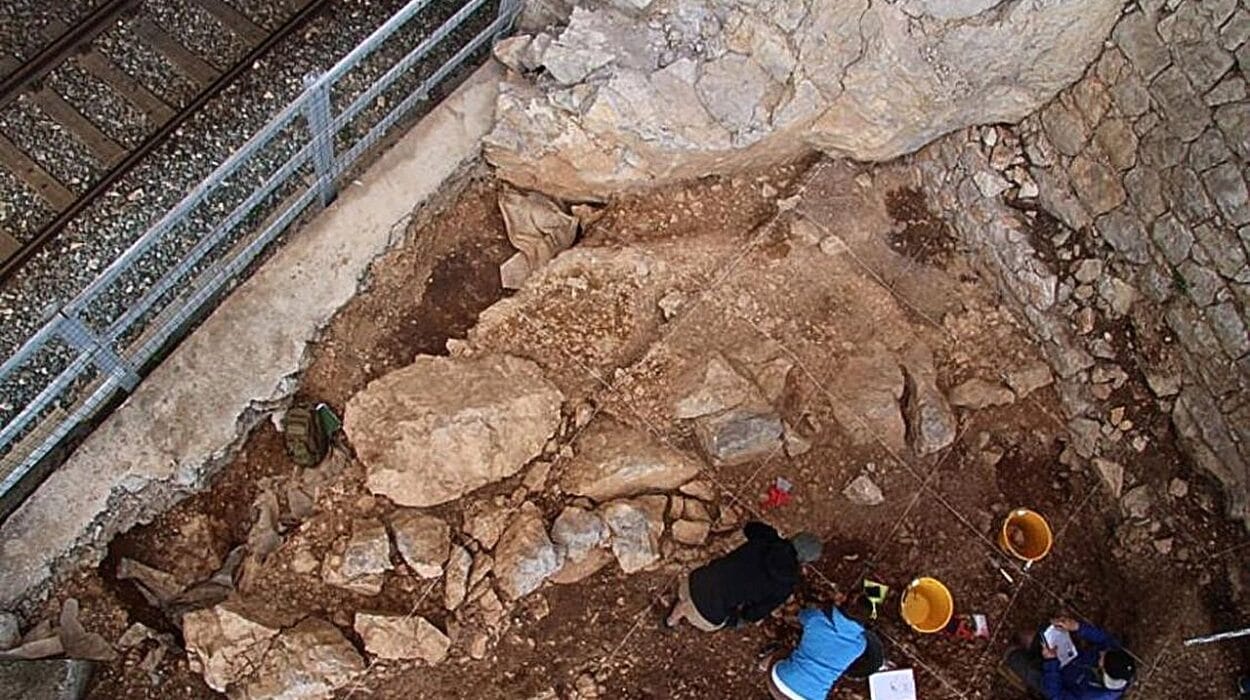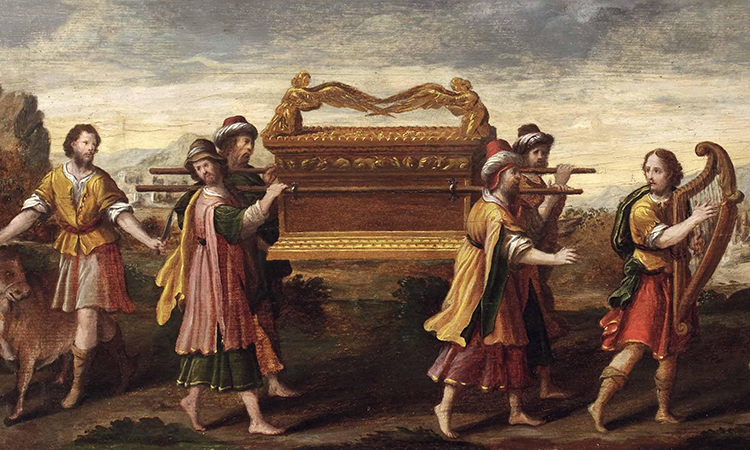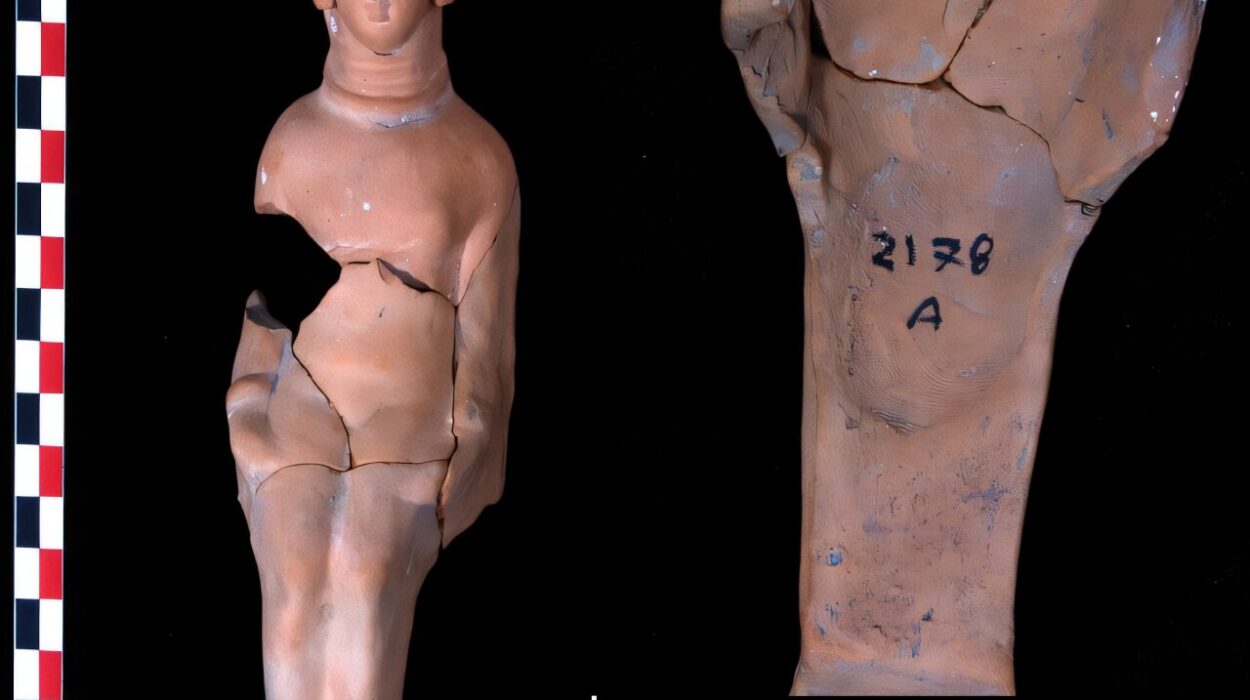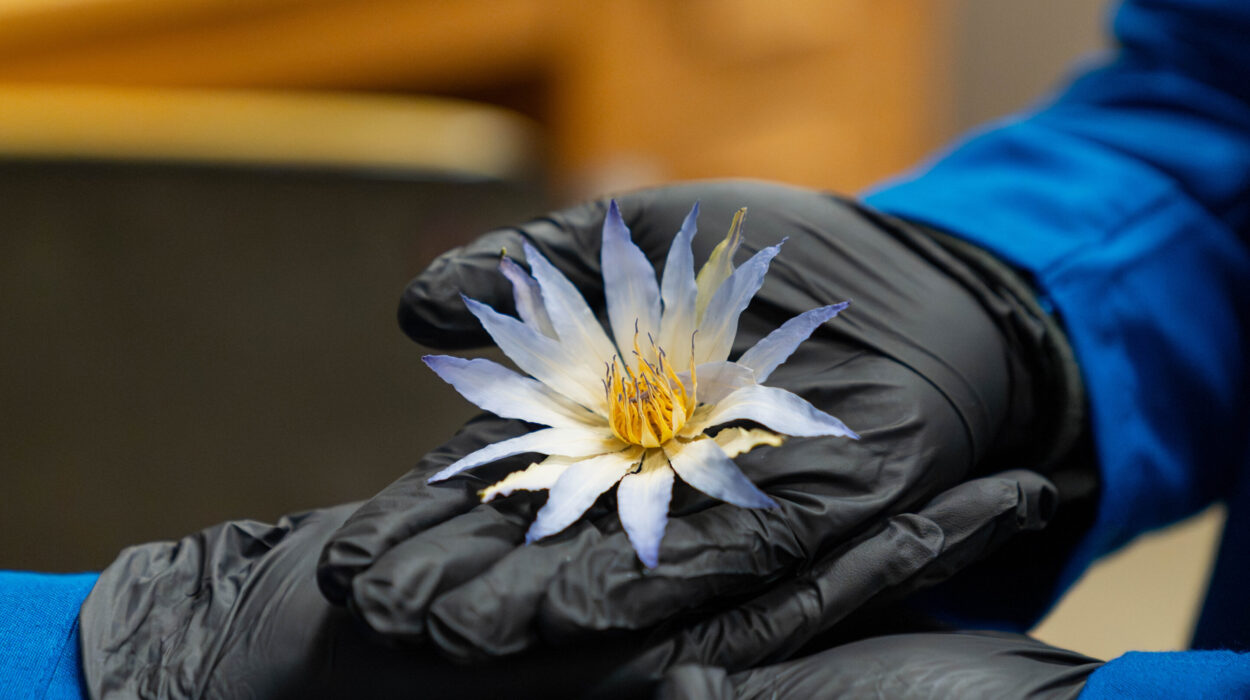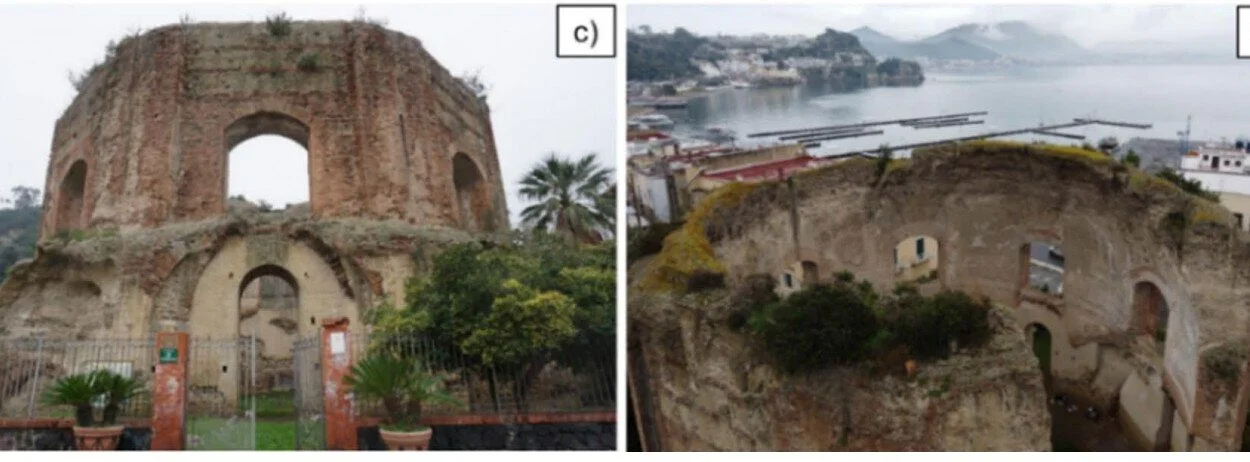In the quiet soil beneath a centuries-old church in Lund, southern Sweden, a man’s skeleton lay undisturbed for more than 500 years. His bones told a story not of kings or conquest, but of suffering, survival, and care. Known only as Individual 2399, this man lived during the late Middle Ages—between 1300 and 1536 CE—and his remains are now giving researchers a deeper glimpse into how society treated those who were disabled in a time when physical imperfection often carried spiritual and social weight.
The study of Individual 2399, led by Blair Nolan of Lund University and recently published in Open Archaeology, marks a watershed moment for medieval studies in the Nordic region. This is the first research project of its kind in Scandinavia to combine traditional osteology with state-of-the-art 3D modeling, historical text analysis, and digitized excavation data. The result is not just an anatomical reconstruction of a broken body, but a humanizing account of how medieval communities may have responded to physical disability—not with neglect, but with compassion, treatment, and dignity.
A Devastating Injury—and an Unexpected Life
When researchers first examined Individual 2399’s skeleton, one feature stood out immediately: a catastrophic dislocation and fracture at the knee joint of the left leg. The injury had twisted and crushed the lower femur in a way that would have left the joint irreparably damaged. According to the forensic analysis, the trauma likely occurred when the man was in his twenties. By all accounts, it was not a survivable injury without significant medical intervention—not in the 14th or 15th century, anyway.
Possible causes for such a wound include a kick from a horse, a crushing blow by a heavy object, or a workplace accident—perhaps while constructing one of the many churches or civic buildings rising during that period in Lund. Regardless of the source, the injury left him unable to walk unaided for the rest of his life.
And yet, he lived on—another decade or more—a feat remarkable not only for its medical implications but for what it reveals about the community around him.
Medicine in the Middle Ages: Crutches, Cleansing, and Courage
To survive a traumatic leg injury in the Middle Ages required far more than a strong constitution. It demanded ongoing care, often in the absence of advanced surgical tools or antibiotics. Individual 2399 would have needed a mobility aid, likely a crutch, staff, or wooden leg brace. He also showed signs of osteomyelitis, a painful and potentially deadly bone infection that would have required regular draining of pus and treatment of the open wound.
Pain relief, primitive by today’s standards, might have included alcohol-based tinctures, lavender oil, or even opium derivatives. Some of these treatments—especially those combining botanical knowledge with folk medicine—were dispensed through religious institutions like monasteries, which served as the primary centers of medical knowledge and care.
This wasn’t a one-time intervention. The man needed long-term assistance, likely from family, religious institutions, or medical caregivers—suggesting that, even with the stigma attached to physical disability, there existed pockets of support and sustained empathy within the community.
Disability and Morality in the Medieval Mind
To modern minds, the Middle Ages often appear shrouded in superstition. In many ways, they were. Disability was not only a physical state—it carried deep moral and spiritual connotations. Religious doctrine of the time was rife with ambiguity. On one hand, physical impairment could be seen as divine punishment, a marker of sin or spiritual impurity. On the other hand, it could also be viewed as a test of faith, a cross to bear that earned one compassion or sanctity.
Monasteries, as centers of both theology and healthcare, embodied this paradox. They preached penance and redemption while also offering practical care—meals, ointments, basic surgical help—to the injured and infirm. The Church also distributed alms to the disabled, fulfilling a doctrine of charity even as it struggled with deeply rooted ableist interpretations of scripture.
The legal sphere presented another layer of complexity. Laws from the period indicate that disability was sometimes associated with criminal punishment. Amputation of limbs or mutilation of the face could be state-sanctioned penalties, branding the body as a permanent symbol of wrongdoing. Visibility mattered: a hidden disability could escape judgment more easily than one that was apparent to others.
Thus, for someone like Individual 2399, whose injury was both severe and visible, the risk of stigma was high. Yet the archaeological and textual evidence suggest that his story played out differently.
Status and Sympathy: A Burial That Tells a Story
Despite his debilitating injury, Individual 2399 was not buried in obscurity. Quite the opposite: he was laid to rest on foundation stones at the base of a church tower—a prestigious burial location generally reserved for people of higher social or economic standing. In medieval burial practices, proximity to the church mattered immensely. It was believed that being physically closer to sacred ground enhanced one’s spiritual prospects in the afterlife.
This placement suggests that Individual 2399 belonged to—or was closely associated with—the burgher class, the urban middle class of merchants, craftsmen, or civil servants. Such individuals often had access to wealth, social capital, and networks that could provide support during illness or injury.
Here lies a paradox: while disability could socially isolate or morally taint an individual, wealth and social status could, in some cases, mitigate that exclusion. In the case of this man from Lund, his position in life afforded him both long-term care and a dignified burial, reflecting the nuanced and often contradictory values of the time.
Bones, Bytes, and Breakthroughs: The Future of Bioarchaeology
What makes this study especially groundbreaking is not just its conclusions, but its methods. Nolan and his colleagues combined cutting-edge 3D modeling with traditional osteological analysis to map the extent of the injury and how the body responded to it over time. Digital models allowed for detailed reconstructions of the damaged knee, offering insight into how the leg might have appeared in life and what kind of movement, if any, was possible.
More than just a technical feat, this blending of digital and physical evidence sets a new standard for the study of disability in ancient populations. It opens the door to more empathetic, individualized histories—stories that resist generalization and instead honor the unique lives behind the bones.
As Nolan explained, textual records of the time often reflect only the “idealized” perspective of those in power: religious authorities, lawmakers, and chroniclers. These perspectives can tell us what society claimed to value, but not necessarily what individuals actually experienced. In contrast, the skeleton—scarred, healed, and buried with care—offers a voice from the margins.
Rewriting Medieval Narratives of Disability
The findings from this study call into question long-held assumptions about medieval disability. It is tempting to imagine the Middle Ages as uniformly hostile to the disabled, a dark age of superstition and exclusion. But as Individual 2399 shows, the truth is more textured. People with physical impairments were not necessarily cast aside. In some cases, they were treated, supported, and even honored.
What’s more, the study challenges modern readers to reflect on how societies—both past and present—assign value to the human body. It invites us to consider how visibility, status, and care intersect in shaping the life of a person with a disability. And it reminds us that in every era, compassion can coexist with complexity.
A Life Remembered, A History Revised
In the end, Individual 2399 will never tell his story in words, but his bones speak volumes. They reveal pain, yes, but also healing. They bear witness not only to trauma but to tenacity. And they prompt a re-evaluation of medieval society—not as entirely cruel or backward, but as a world where, in some corners at least, broken bodies were still worthy of care, respect, and remembrance.
From the dust of a forgotten grave in Lund, a new vision of the Middle Ages emerges—one that recognizes the humanity behind the history, the lives behind the labels, and the enduring power of community in the face of adversity.
Reference: Blair Nolan et al, Disability and Care in Late Medieval Lund, Sweden: An Analysis of Trauma and Intersecting Identities, Aided by Photogrammetric Digitization and Visualization, Open Archaeology (2025). DOI: 10.1515/opar-2025-0043
